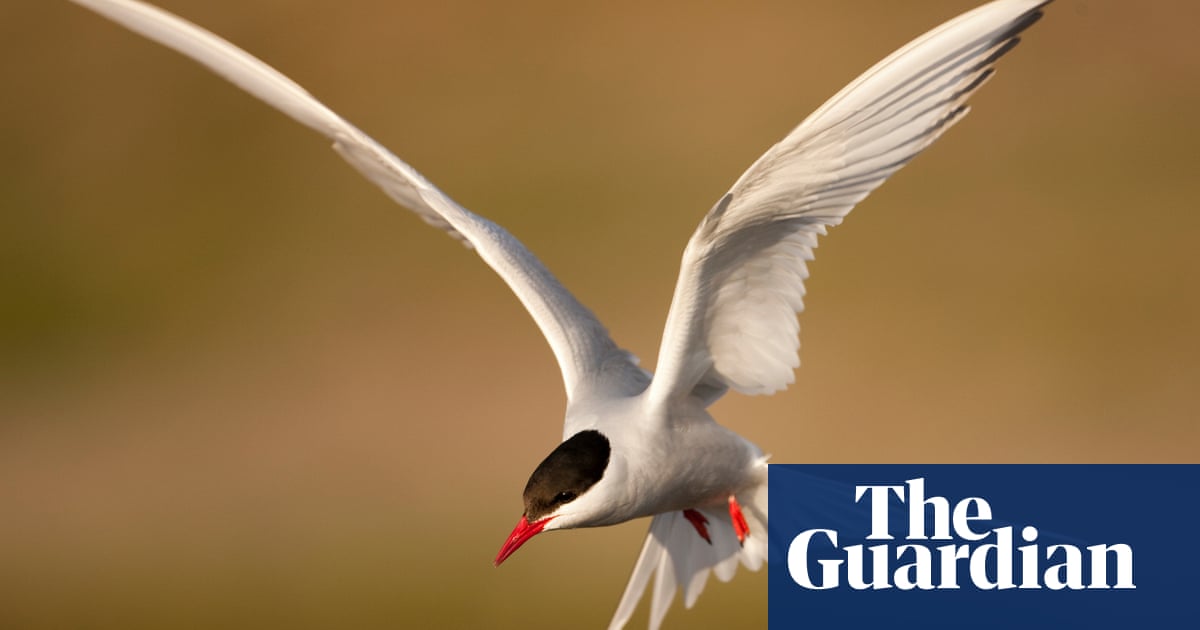Off the east coast of Florida, female loggerhead turtles swim more than 1,000km north, hugging the edge of the continental shelf to get to feeding grounds.
Humpback whales move through Moreton Bay off the Brisbane coast in Australia, on their way to feed around the Balleny Islands more than 4,000km away off the Antarctic coastline, where wandering albatross circle above, travelling 1,000km a day.
In the Netherlands, Arctic terns set off from breeding colonies on one of the bird kingdom’s longest migrations – a 90,000km round trip, to east Antarctica and back again.
It is hard for plodding, land-boundHomo sapiensto fathom the distances covered by these species, or their total disregard for the perils of the high seas, or the country boundaries humans have drawn.
But all these journeys, and many hundreds more, have been brought together for the first time in a new online tool that reveals the movements of more than 100 species that migrate across the planet’s oceans.
“They’re absolutely astonishing journeys and they’re far more common than we give them credit for. All sorts of species do this,” says Daniel Dunn, an associate professor and director of the University of Queensland’s Centre for Biodiversity andConservationScience.
Get Guardian Australia environment editor Adam Morton’s Clear Air column as an email
“Some of these birds spend less energy flying than they do standing on the ground. They can sleep while they’re flying, somehow putting half their brain to sleep while the other half is paying attention.”
Almost half of all species that migrate over or in the ocean are feared to be in decline – and they are presenting conservationists with a unique and confounding challenge. How can a country help save a species that spends its time feeding or breeding in one place, if that same species is put under threat when it leaves?
One study, for example,found nine threatened migrating shorebird speciesthat visit Australia each year are being hunted while they travel.
Dunn and his colleagues have been working on the problem, reviewing more than 1,000 studies on the movements of migratory species and then loading the best of the data into apublic web system known as Mico(Migratory Connectivity in the Ocean).
The system, detailed in an article in the scientific journal Nature Communications, is the first attempt to give policymakers a clear idea of where species go, how they are connected and what it will take to save them.
Dr Lily Bentley, a marine conservation ecologist specialising in migratory species and lead author of the article, said the Mico system was also useful for seeing what is not known about migratory species.
What the system shows, rather than a comprehensive map of all migratory animals, is the first attempt to synthesise all the studies that have tracked species.
For example, Mico shows the vast global distribution of blue whales – the places where the biggest animals on Earth are known to live. But the tool also shows there have been practically no tracking studies of the whales anywhere around the entire African continent.
Bentley said it was “very much the first step”.
“If you’re at a big international meeting and someone wants to know what species goes where, now we can have an answer.”
Sign up toClear Air Australia
Adam Morton brings you incisive analysis about the politics and impact of the climate crisis
after newsletter promotion
Conservationists and policymakers are working on two big global agreements that the Mico team hope will benefit from their work.
Dunn says one example is the “30 x 30” target – aglobal planbacked by more than 120 countries to protect 30% of the planet’s land and ocean by 2030.
“Part of that target requires that the [protected areas] are well connected, but we are still trying to work out how we determine that.
“We can’t wait, because the stresses on the animals are not waiting. We need to provide that initial information.”
A second global deal, adopted in 2023 after 20 years of negotiations, is a treaty looking to increase the number of protected areas in the high seas.
“These two things could be amazing for migratory species if we get the areas right,” said Bentley.
“Migratory species move between jurisdictions, so you have to bring more and more people to the table and that’s a hard thing to do.
“[Mico] takes us a step further to making sure we’re telling policymakers which areas of the high seas are important to protect.”
Rebecca Hubbard is the global director of the High Seas Alliance, a group of more than 60 non-governmental organisations working on the high seas treaty.
Hubbard, who attended a presentation of the Mico system this week, said it would help, “particularly on the high seas that are half of our planet and two-thirds of the ocean”.
“We’re now having to conserve our species on a global scale. We always need more data, but we also need to be able to see patterns in that data. [Mico] is incredibly useful in translating a lot of individual bits of information into a broader signal.”
